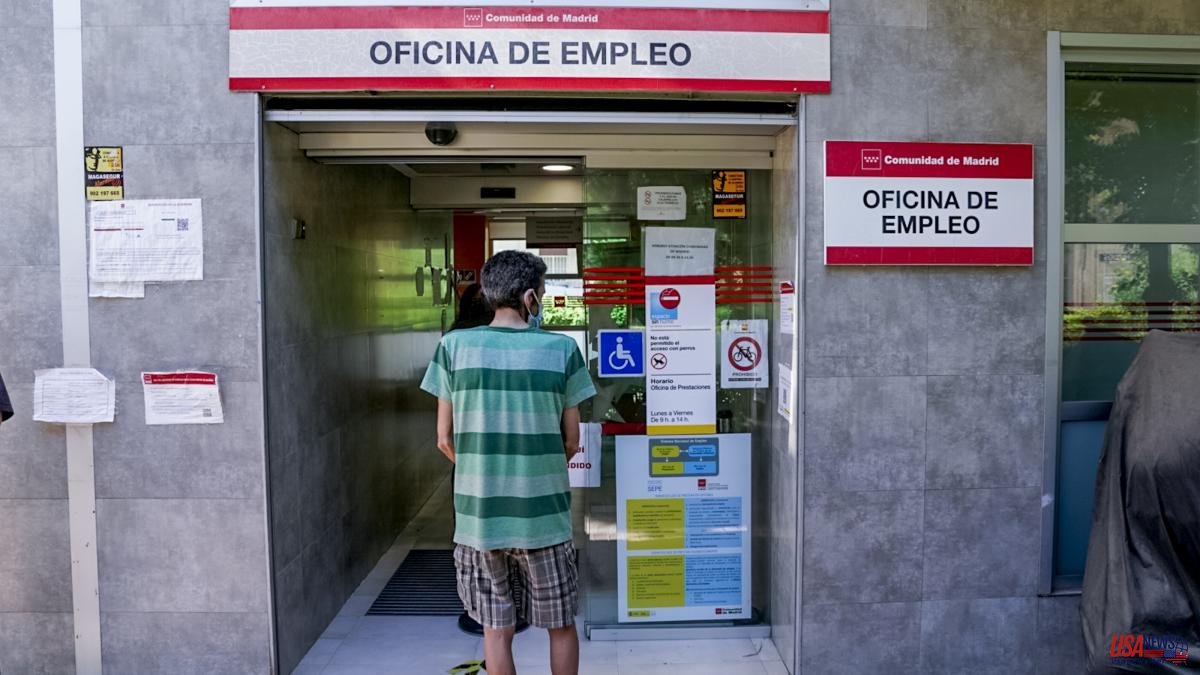In the midst of the debate about whether companies earn a lot or not, the 2022 GDP data published this week confirms the recovery of corporate profits while the remuneration of workers falls. The two indicators in relation to GDP have returned to practically the same level as they were in 2019, before the covid disrupted the world economy.
Business profits are measured with the gross operating surplus: the income generated in the production process excluding wages. On the other hand, the remuneration of employees includes both salaries and social contributions. It is a statistical approximation to determine what part of the pie is taken by wages and what part is owned by companies.
In 2022, 46.9% of GDP were remuneration of employees compared to the maximum of 49.7% in 2020, with which it returned almost to the level of 2019: 46.5%. In the case of corporate profits (gross surpluses), the peso has climbed from the minimum of 2020 and 2021 of 41.2% to 43.2% last year. It is the same level of 2019.
The rise in remunerations (always in relation to GDP) during the pandemic is common behavior, as explained by the CaixaBank Research economist, Oriol Carreras: the weight of labor income in GDP has "countercyclical behavior." The economist details that in periods of recession companies prefer to retain their workers as much as possible. On the other hand, in the phases of expansion or exit from the crisis, such as those of the last few quarters, it is the business surplus that performs best.
Carreras analyzes in a report the variation in the weight of earned income during the covid and compares it with what occurred in the great financial crisis of 2007. It is totally different for the ten quarters analyzed. The fact that in 2020 employment was maintained with public support while the GDP sank due to the confinement led to the weight of labor income growing by 5 points. Now it is practically the same as in 2019. Carreras points out that in recent months what explained the maintenance of the weight of earned income was not salary increases but the strong incorporation of labor into the labor market.
Once again, the macroeconomic data hides the micro realities. In a scenario of a sharp rise in GDP (5.5% last year), salary income has not sunk despite the sharp loss of purchasing power of workers because many more employees have joined. Carreras recalls that the latest EPA shows how "the wage bill grows even though the hours worked drop." USO assured this week that it is a sign of the rise of part-time work.
CC.OO. considers that GDP statistics are not the most appropriate for analyzing the behavior of wages and business profits. Carlos Martín, director of the CC.OO. economic cabinet, leans towards “fiscal accounts”. According to a report by CC.OO. "companies are raising their sales prices above the increase in the price of energy, wages and other inputs according to information from the AEAT". As for profits, "they have grown 52% in the first three quarters of 2022 compared to their pre-pandemic level."
The GDP data on corporate surpluses do not accurately measure the evolution of profits but they do allow it to be related to labor income. In this crisis – where public intervention stopped the loss of labor income – the evolution of corporate profits has followed the usual path of loss with the recession and subsequent recovery.













